HP User Authentication
Sharing printers means thinking about security and accountability, both of which rely on robust user authentication
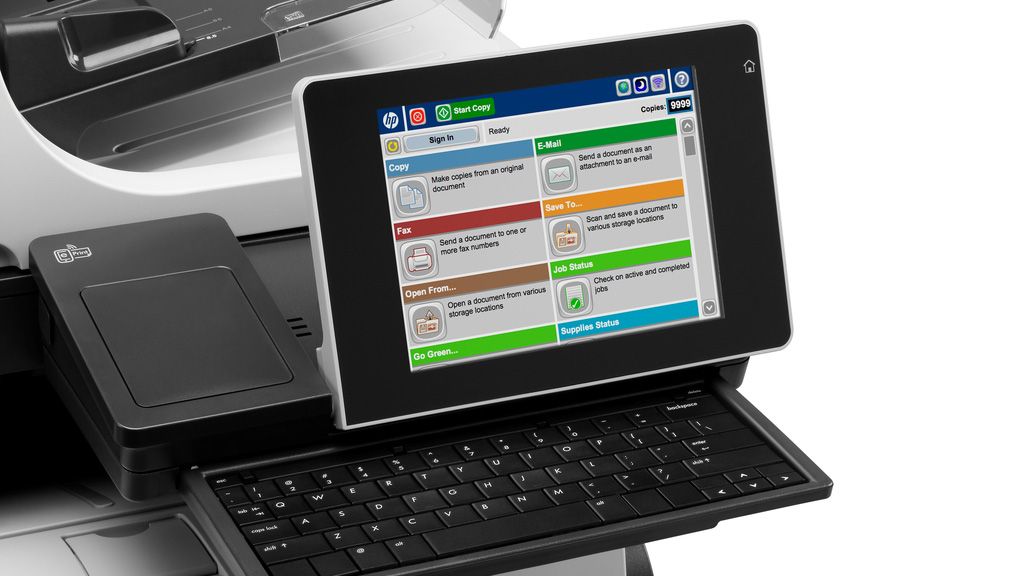
Sharing a printer in a business environment makes a lot of economic sense, and consolidating print resources in fewer, larger printers extends this financial wisdom, but can create security issues. If the same printer is shared among employees at different levels of the management structure, it may be important to ensure confidentiality for documents.
It's also usually important to be able to allocate printing costs between departments or even to individuals and for both these reasons, user authentication is an important feature of HP enterprise-level printers, such as the LaserJet Enterprise Flow MFP M880z.
This machine has very flexible authentication facilities, ensuring that individuals can send print jobs and delay printing until they sign in at the printer. The process of calling up a job already sent, when you're at the control panel of the printer is called pull printing'. At the simplest level, a PIN can be used for identification, but Windows, Kerberos and LDAP authentication is also available.
Not everybody needs the same level of access to multi-function devices and HP's FutureSmart tool works with corporate IT policies to allocate permissions separately for scanning, copying, printing and for direct sending of documents from the control panel of the machine, internally or externally through email.
Authentication can be tied in with physical access methods, such as proximity cards and smartcards, by adding third-party readers into the hardware integration pocket provided on the machine. This interface enables a hardware device to be attached to the MFP and integrated with its operating system, so information gleaned from hardware readers can be used as all or part of effective authentication.
Near Field Communication (NFC) is also supported, with tap-to-print from enabled devices ensuring that a direct link can be set up with the printer, simply by bringing the device into proximity with the machine.
An extension of this technology, tap-to-authenticate, will be introduced in Spring 2014. If required, NFC can be combined with other authentication methods, such as a password or PIN, to prevent the use of an NFC device by somebody other than its owner.
Anybody needing to ensure that a document stays secure from originating computer to printer can encrypt it and send it to the LaserJet Enterprise Flow MFP M880z's secure 320GB hard drive. Encryption on the drive is to the AES256 standard, so even if the hard drive were physically removed from the printer, data on it would be extremely hard to retrieve. As an option, the drive can be physically constrained under lock and key within the printer too.
This kind of end-to-end Secure Encrypted Printing is enabled by the latest version of HP's Universal Printer Driver, which incorporates the same symmetric AES256 encryption as on the secure hard drive, to ensure documents retain their encryption all the way through the printing process.
To do this, the creator of the document enters a password at the time of scanning or issuing the print job and again when pulling the job through to get it printed or to view the result of the scan.
The passwords used to access print jobs are themselves encrypted, so can't be obtained from the printer and there's secure erasure of completed jobs, in line with NIST Special Publication 800-88 recommendations. This includes overwriting print files with random data.
Depending on the areas in which a company undertakes business, user authentication can be a very important consideration. HP combines hardware and software authentication, which can be combined together for dual-source or multi-source validation, all within the multifunction printer itself.
By providing industry and government standards for document security, authentication becomes part of a complete security system, designed to work with a company's existing security regime. It ensures the only people to receive hard copy are those authorised to see it.
For more advice on transforming your business, visit HP BusinessNow
Get the ITPro daily newsletter
Sign up today and you will receive a free copy of our Future Focus 2025 report - the leading guidance on AI, cybersecurity and other IT challenges as per 700+ senior executives
ITPro is a global business technology website providing the latest news, analysis, and business insight for IT decision-makers. Whether it's cyber security, cloud computing, IT infrastructure, or business strategy, we aim to equip leaders with the data they need to make informed IT investments.
For regular updates delivered to your inbox and social feeds, be sure to sign up to our daily newsletter and follow on us LinkedIn and Twitter.
-
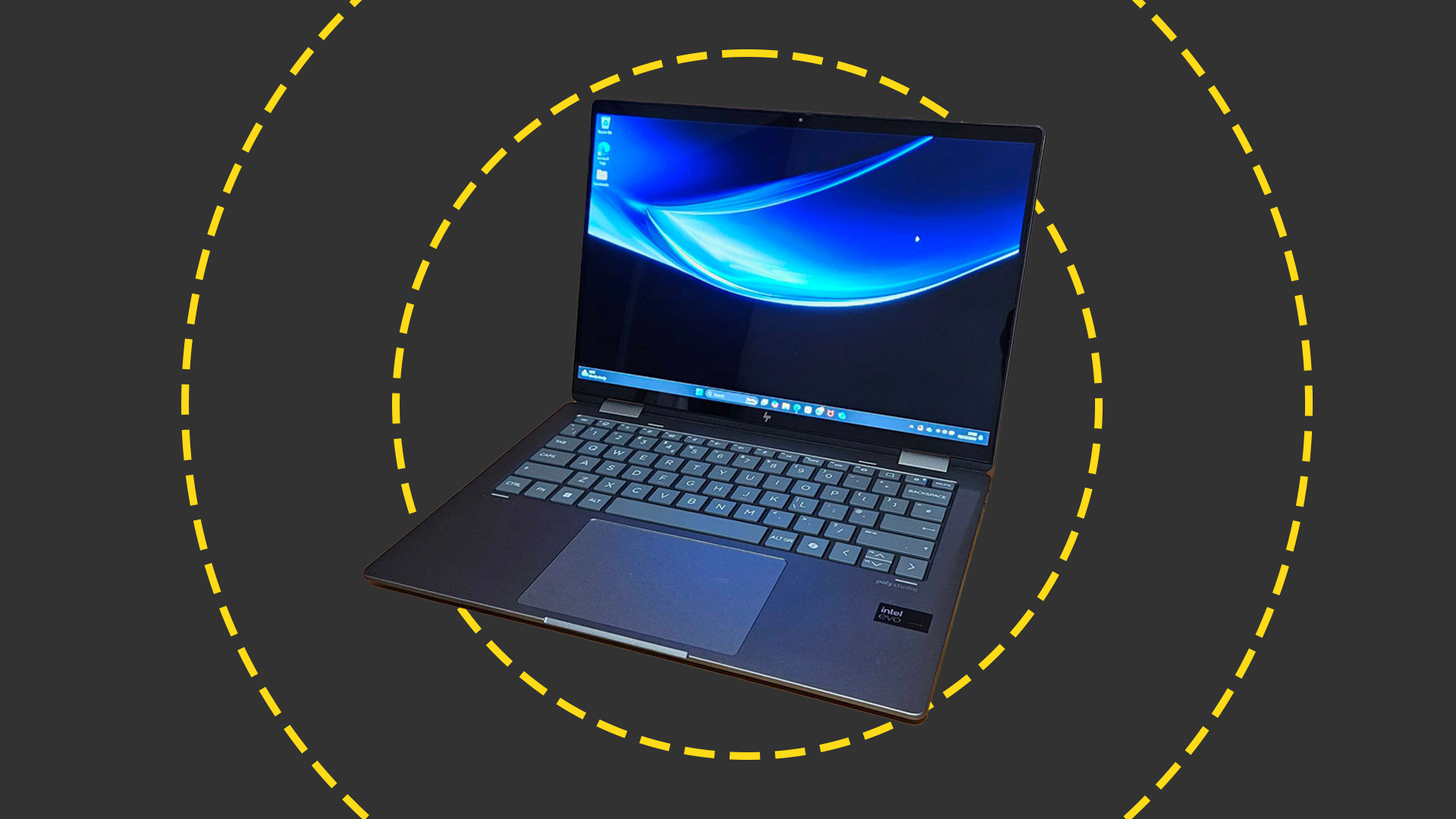 HP Envy x360 2-in-1 (14-FC0009NA) review: A cut-price AI PC for the enterprise
HP Envy x360 2-in-1 (14-FC0009NA) review: A cut-price AI PC for the enterpriseReviews The Intel-powered HP Envy x360 is a decent punt for its price point despite a few bugbears
By Keumars Afifi-Sabet
-
 Dell, HP post underwhelming returns as PC market remains in a state of flux
Dell, HP post underwhelming returns as PC market remains in a state of fluxNews Original equipment manufacturers (OEMs) are contending with an impending Windows 10 EOL and a burgeoning AI PC market
By George Fitzmaurice
-
 Help skilled workers succeed with Dell Latitude 7030 and 7230 Rugged Extreme tablets
Help skilled workers succeed with Dell Latitude 7030 and 7230 Rugged Extreme tabletswhitepaper Help skilled workers succeed with Dell Latitude 7030 and 7230 Rugged Extreme tablets
By ITPro
-
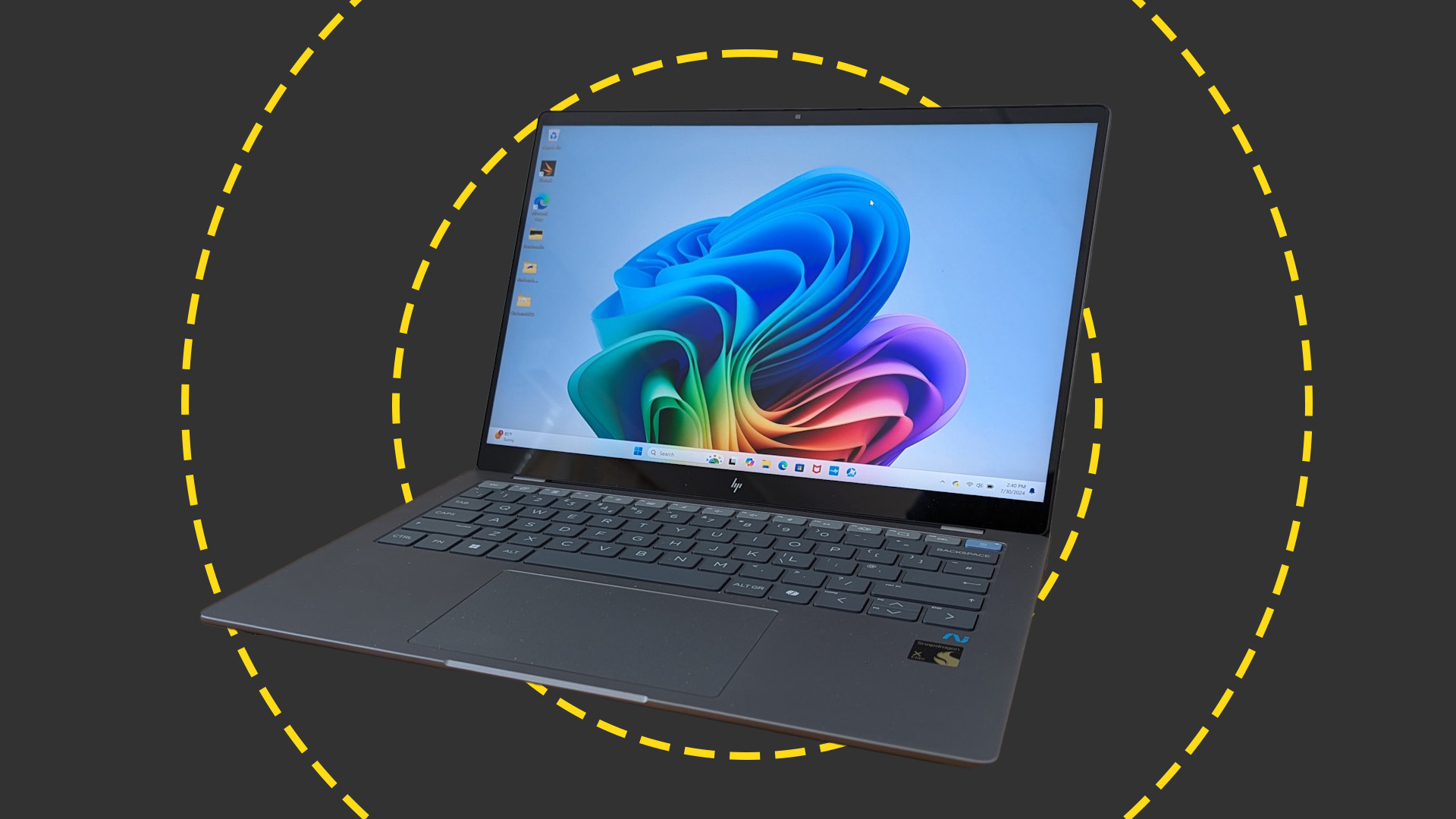
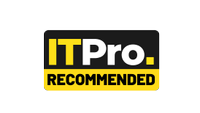 HP OmniBook X 14 review: Incredible battery life meets Copilot+ AI
HP OmniBook X 14 review: Incredible battery life meets Copilot+ AIReviews Ignore the slightly underwhelming screen and you have a brilliant thin-and-light laptop with AI capabilities and superlative battery life
By Stuart Andrews
-
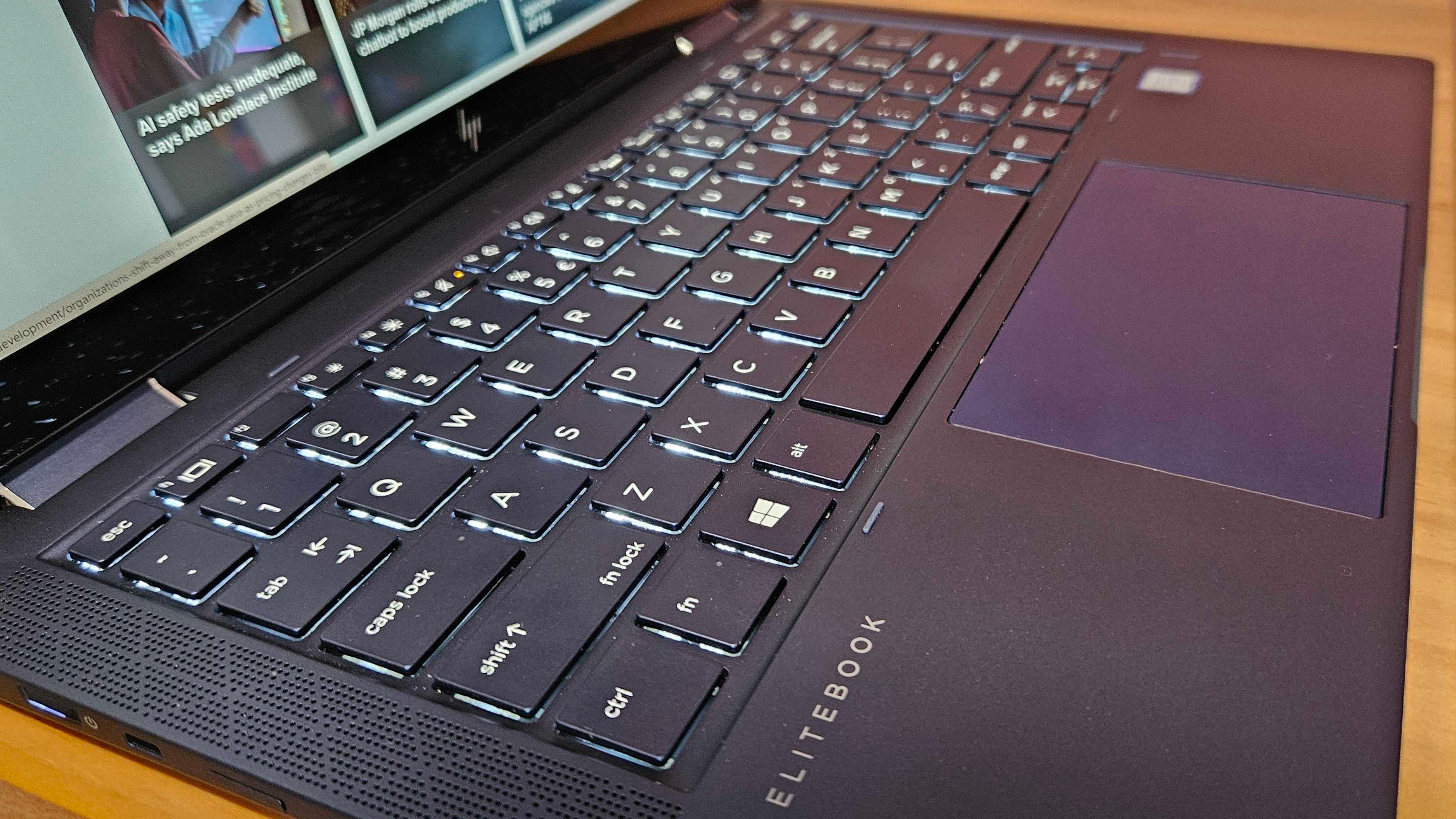 HP has scrapped its most compelling device as it aims for AI PCs — there is nothing like it left on the market
HP has scrapped its most compelling device as it aims for AI PCs — there is nothing like it left on the marketOpinion The HP Elite Dragonfly had everything you needed – a great battery, plenty of power, all the ports, and a fantastic display – until it was killed off
By Keumars Afifi-Sabet
-
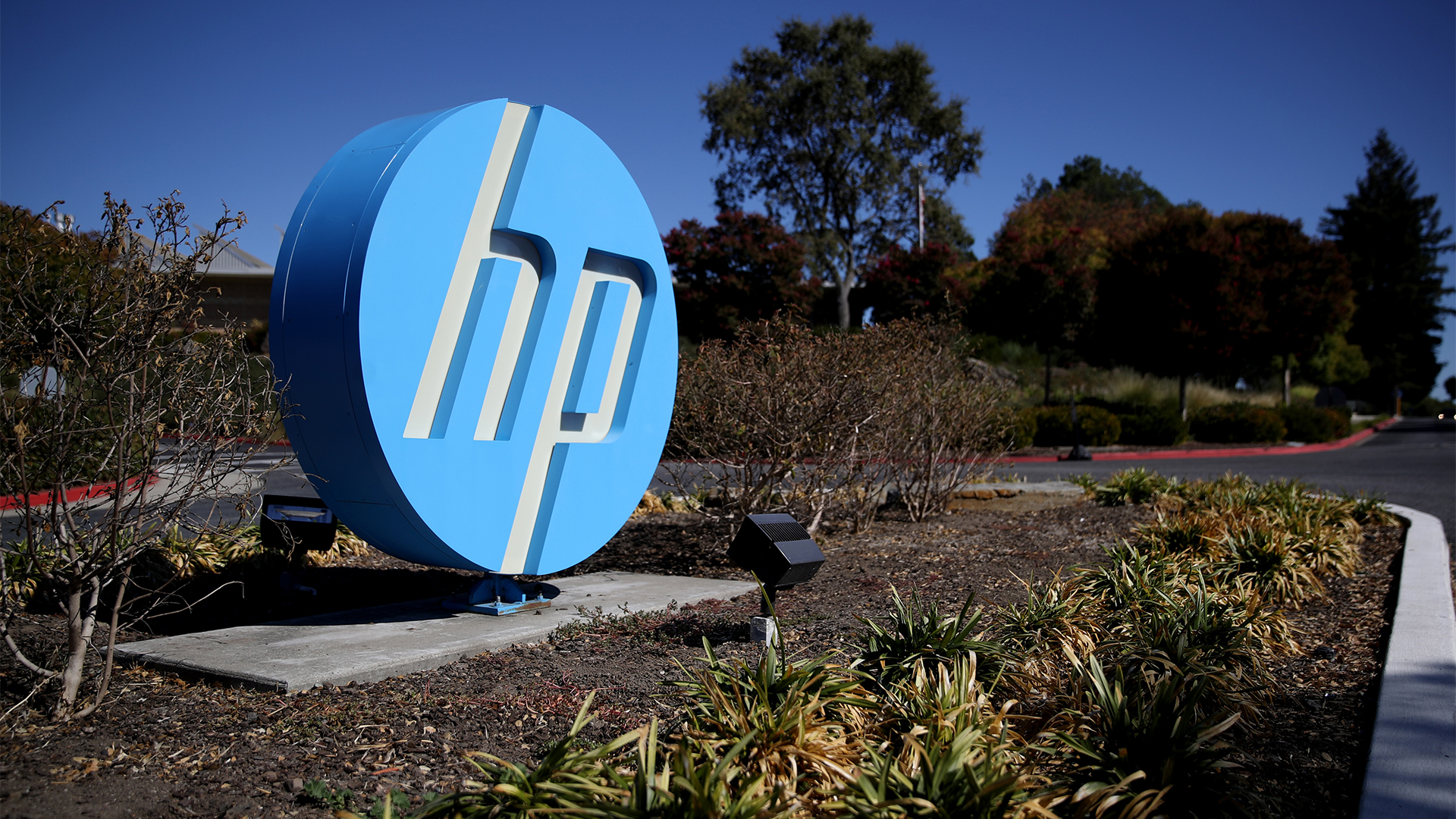 HP shows the AI PC ecosystem is starting to bear fruit — is it time for businesses to take note?
HP shows the AI PC ecosystem is starting to bear fruit — is it time for businesses to take note?Analysis The era of the AI PC may soon be upon us as software vendors start to realize the potential value of processing AI workloads locally
By Solomon Klappholz
-
 HP caps off its PC overhaul with the launch of the OmniBook Ultra 14 – its most powerful AI-powered laptop to date
HP caps off its PC overhaul with the launch of the OmniBook Ultra 14 – its most powerful AI-powered laptop to dateNews With the HP Dragonfly, Spectre, and Envy brands ditched in sweeping restructure of device portfolio, the OmniBook Ultra 14 marks the first major step into the era of the AI PC
By Solomon Klappholz
-
 HP just launched the world’s first business PCs designed to protect firmware against quantum hacking
HP just launched the world’s first business PCs designed to protect firmware against quantum hackingNews HP is worried about quantum security risks, so it’s upgrading devices to contend with future threats
By Ross Kelly


